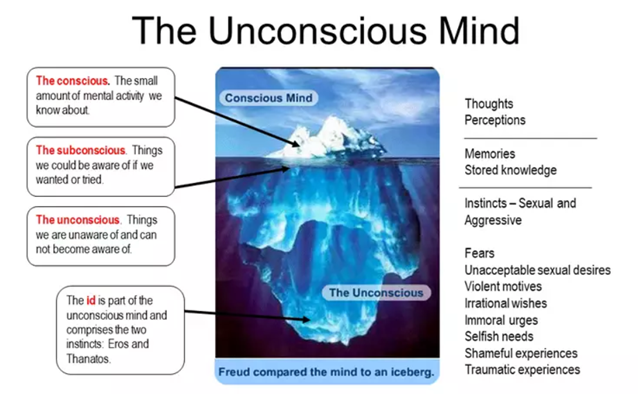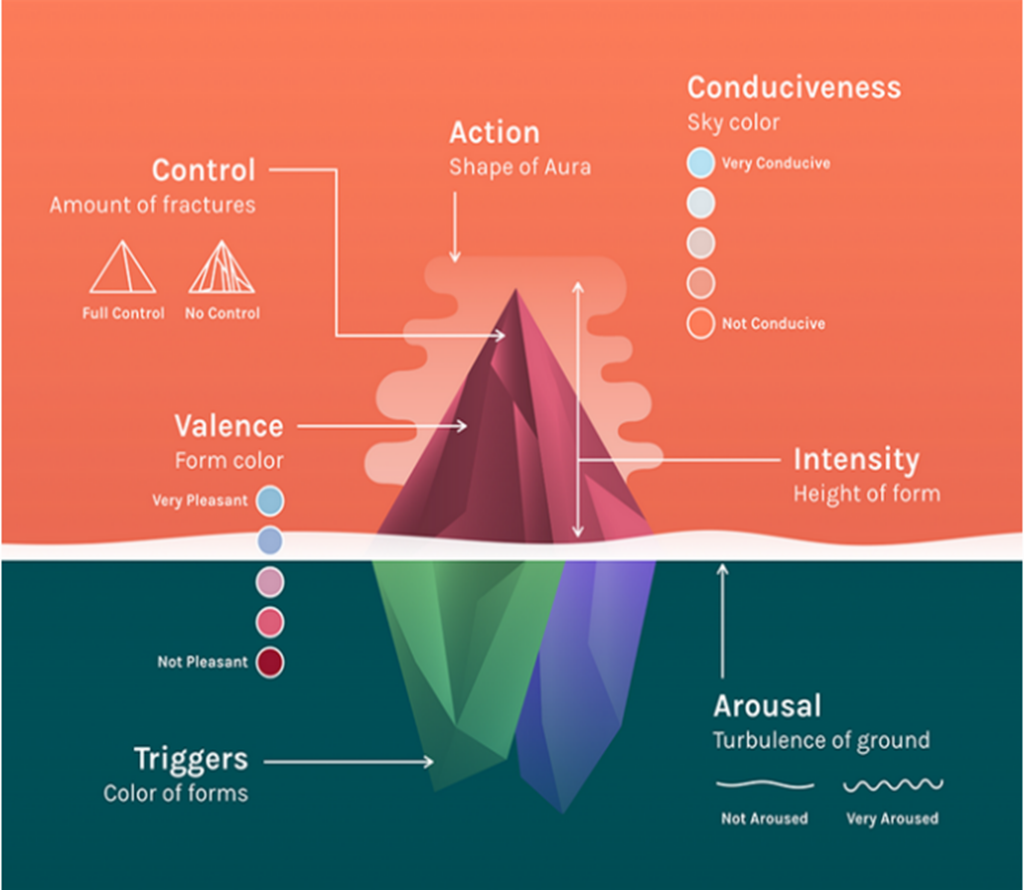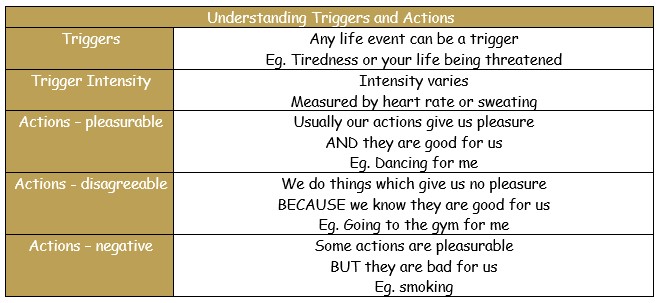PSYCHOLOGY REALLY BEGAN WITH A STUDY IN HYSTERIA
The saying, a “Freudian slip”, is based on a real man, Sigmund Freud, and his work on emotions.
In 1895 Freud co-wrote Studies in Hysteria which would be insulting today but, at the time, women were repressed and their mental health issues were called “hysteria”!
He was one of the first to believe that, speaking about the past could help people with mental illness.
Resulting actions could be understood if a person came to realise which events and emotions triggered the response.
The visible third of Freud’s Iceberg represents the conscious part of the mind we are aware of. Surface water level represents the subconscious part we can access when we try to remember something.

Nearly two-thirds of the mind, below the surface, represents the unconscious. This is where, Sigmund said, we keep our positive instincts which keep us alive, our negative and destructive instincts and morality which helps us fit into society.
200 Years Later Freud’s Work is Still Relevant
This screenshot is a proposed mobile phone App to help people understand and track their own triggers, emotions and actions.

The iceberg is more detailed than Freud’s using changes in colour, shape and contour details to give users a more personalised analysis.
The App analyses triggers and actions in this way:

SO WHAT CAN WE LEARN ABOUT EMOTIONAL JEWELLERY DESIGN?
Sigmund Freud’s work helps us to understand that actions happen when emotions and feelings are triggered, usually by some unconscious event or situation such as an engagement or wedding, a bereavement, a birth, milestone birthday or anniversary, and even a divorce. Sometimes it is just a perfect day or special place, like a memorable holiday.
So many clients have emotionally significant jewellery but it is often stored in a safe or box out of sight. They can’t wear it because it is broken or it’s not their size or style. But they also can’t bring themselves to sell these often valuable items.
This is what led me to offer heirloom jewellery redesigns which you can read more about HERE.
READ MY NEXT POST TO EXPLORE HOW EMOTIONAL SCIENTISTS ANALYSE THE RELATIONSHIP BETWEEN TRIGGERS, EMOTIONAL AND ACTIONS IN MORE DETAIL…..
Key Terms:
Conscious – aware of what is happening to you
Subconscious – unaware of what is happening until you try to remember
Unconscious – you are unaware of what is happening to you
Conduciveness – Measure of how good or bad an experience is for us
Valance – Measure of pleasure
Arousal – Measure of physical or psychological excitement
Control – How much power you have to limit the effect of the emotion
Intensity – Strength of the emotion
Action – Response to the emotion
Triggers – Cause of the emotion


